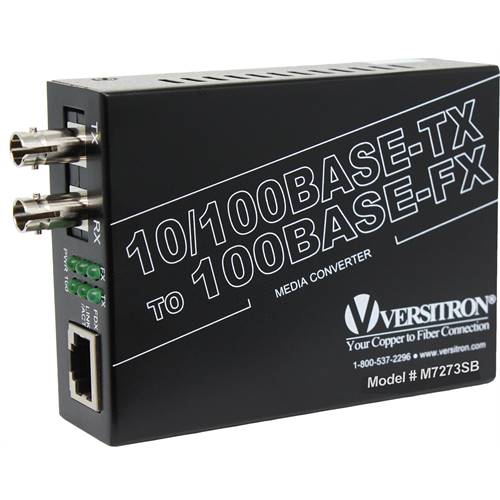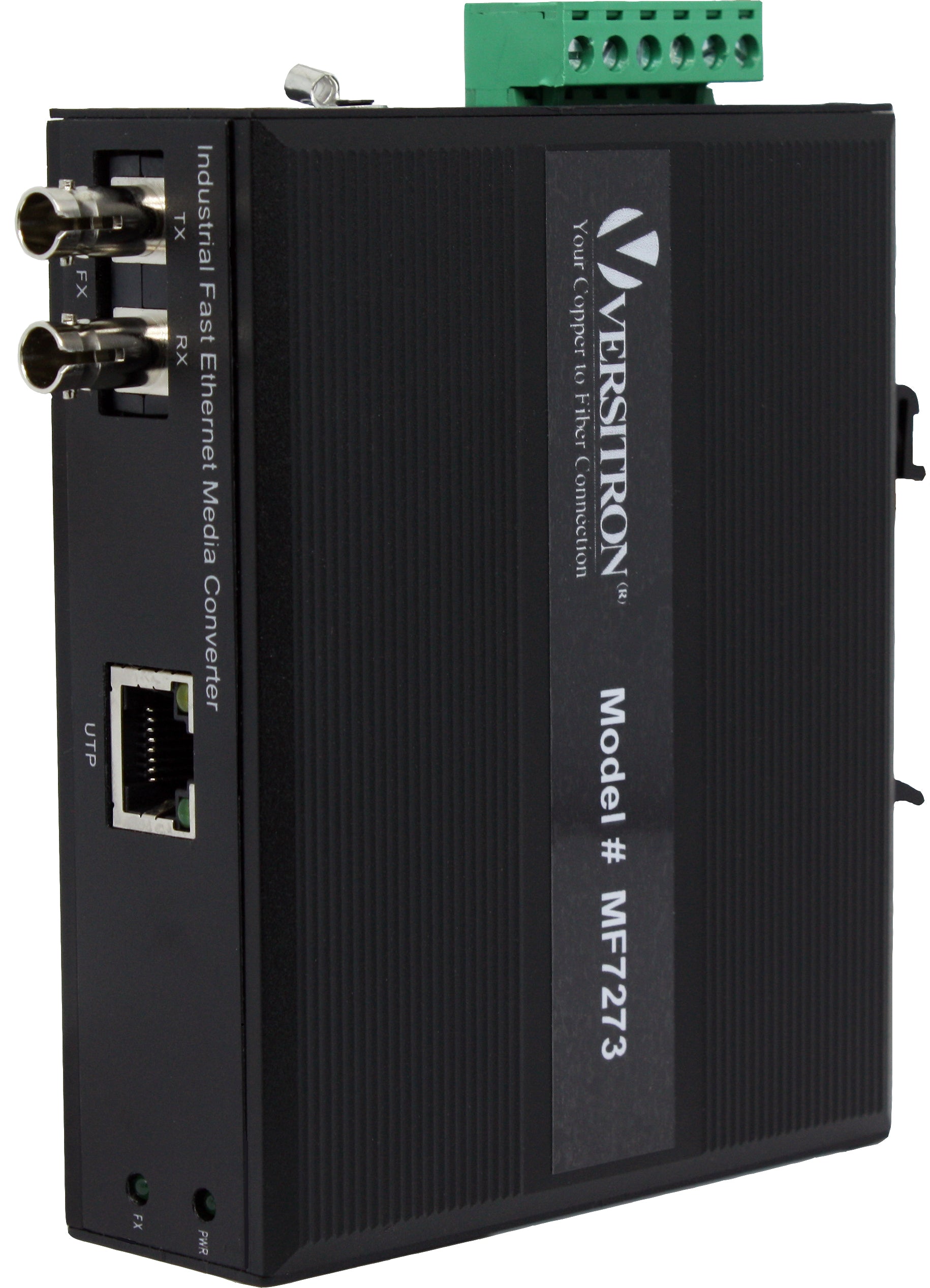Introduction
In today's digital age, Remote workforce connectivity has become increasingly prevalent. As businesses embrace the flexibility and cost-saving benefits of remote teams, it is crucial to design a robust Remote work network infrastructure that can support this distributed workforce. Let's explore the key factors to consider when setting up a Reliable connectivity for remote work and the benefits it can bring.

Network Infrastructure for Remote Work
Network infrastructure for remote work is to ensure reliable and secure connectivity between remote employees and the organization's resources. With the increasing prevalence of remote work, organizations need to establish a network infrastructure that supports seamless communication, collaboration, and access to critical systems and data. Below are Points to consider for Network Infrastructure for Remote Working:
- Bandwidth Requirements: The first step in designing a network infrastructure for remote work is evaluating the bandwidth requirements. The amount of bandwidth needed will depend on the number of remote employees and the applications they use. Bandwidth-intensive activities like video conferencing and large file transfers require more substantial bandwidth allocations to ensure a seamless remote work experience. Conducting a thorough assessment of your organization's bandwidth needs is essential for smooth operations.
- Remote Access Technologies: Numerous remote access technologies are available to facilitate secure connections for remote employees. Virtual Private Networks (VPNs) create encrypted tunnels between remote devices and the corporate network, ensuring data privacy. Software-Defined Wide Area Networks (SD-WAN) enable efficient and cost-effective connectivity by intelligently routing traffic across multiple network links. Cloud-based solutions offer the advantage of scalability and flexibility by leveraging the power of the cloud. Selecting the appropriate remote access technology depends on your specific business requirements.
- Scalability and Flexibility: A well-designed network infrastructure for remote work should be scalable and flexible to accommodate the evolving demands of a growing remote workforce. As your organization expands, the network should be capable of handling increased traffic and user connections without compromising performance. Additionally, the infrastructure should be flexible enough to adapt to changes in your business needs, such as new remote work policies, application requirements, or geographical expansion.
Benefits of Remote Workforce Wireless Solutions
Implementing a remote workforce wireless solution offers several advantages for your network infrastructure:
- Evaluating Bandwidth Requirements: With a wireless solution, you can assess and allocate bandwidth efficiently, ensuring that remote employees have the necessary connectivity for their tasks.
- Implementing Reliable and Secure Remote Access Technologies: Wireless networks can support secure remote access technologies like VPNs, providing employees with encrypted connections to the corporate network, safeguarding sensitive data.
- Ensuring Scalability and Flexibility: Wireless solutions can easily scale to accommodate the growth of your remote workforce. They also provide flexibility by enabling employees to work from any location within the wireless network coverage area.
Redundancy and Backup Solutions
Data loss can be catastrophic for any organization. To mitigate the risks, redundancy and backup solutions are essential components of a robust network infrastructure.
- Redundancy: Redundancy refers to the duplication of critical network components to ensure uninterrupted operations. By deploying redundant switches, routers, and internet connections, you create failover mechanisms that automatically take over if primary systems fail.
- Redundant backup: A redundant backup, on the other hand, involves duplicating and storing data in separate locations to protect against data loss. This can be achieved through various methods, such as off-site backups, cloud storage, or tape backups.
- How do I make a redundant backup: : Making a redundant backup involves creating regular copies of important data and storing them in multiple locations? This ensures that if one copy is compromised or lost, you can recover the data from another location. It's important to note that data redundancy and backup serve different purposes. Data redundancy focuses on system availability, minimizing downtime, and maintaining network continuity. Backups, on the other hand, are primarily concerned with data protection and recovery in case of accidental deletion, hardware failure, or cyber-attacks.
Why do we need backup solutions?
Backup solutions are crucial to protect against data loss caused by human error, hardware failures, natural disasters, or malicious activities. Regularly backing up your data ensures that you can recover critical information and resume operations promptly.
Network Performance Optimization for Ensuring Smooth Operations
To optimize network performance for remote work, several strategies can be implemented:
- Quality of Service (QoS): Quality of Service (QoS) strategies prioritize critical applications and network traffic, ensuring that remote employees can access vital resources without latency or disruptions. Learn more about Quality of Service QoS here.
- Bandwidth management and prioritization: Bandwidth management and prioritization allow you to allocate bandwidth resources based on application requirements and user needs, preventing bottlenecks and ensuring a consistent user experience
Challenges of a Remote Workforce
While remote work brings numerous benefits, it also presents unique challenges for network infrastructure. Addressing these challenges requires a comprehensive approach:
- Remote Workforce Network Solutions:Implementing remote access technologies, ensuring sufficient bandwidth, and optimizing network performance are essential to overcome connectivity hurdles.
- Network Infrastructure for Remote Work: Designing a scalable and flexible network infrastructure that can accommodate the growing needs of a remote workforce is crucial.
- Remote Workforce Wireless Solution: Deploying wireless networks provides the flexibility and mobility required for remote work, enabling employees to stay connected from anywhere within the coverage area.
Security Considerations for Remote Workforce
As remote work expands, organizations must prioritize security measures to protect sensitive data and systems. Here are some important considerations:
- Implement two-factor authentication (2FA) to add an extra layer of security to user accounts and prevent unauthorized access.
- Update acceptable use policies for employees, clearly defining security guidelines and outlining acceptable practices when working remotely.
- Securing remote access with VPNs and encryption ensures that data transmitted between remote devices and the corporate network remains confidential and protected from interception.
Conclusion
Designing a network infrastructure for remote work is crucial to support a productive and secure remote workforce. By carefully considering bandwidth requirements, selecting appropriate remote access technologies, ensuring scalability and flexibility, implementing redundancy and backup solutions, optimizing network performance and addressing security concerns, organizations can create a robust infrastructure that enables seamless remote operations. VERSITRON specializes in providing a comprehensive range of network devices that cater to both fiber and copper networks. VERSITRON also offers installation kits to facilitate seamless network upgrades. For detailed information regarding wide range of Best Network Devices , including Fiber Optic Media Converters, Network Switches , connectors, and modems, please visit our website.











